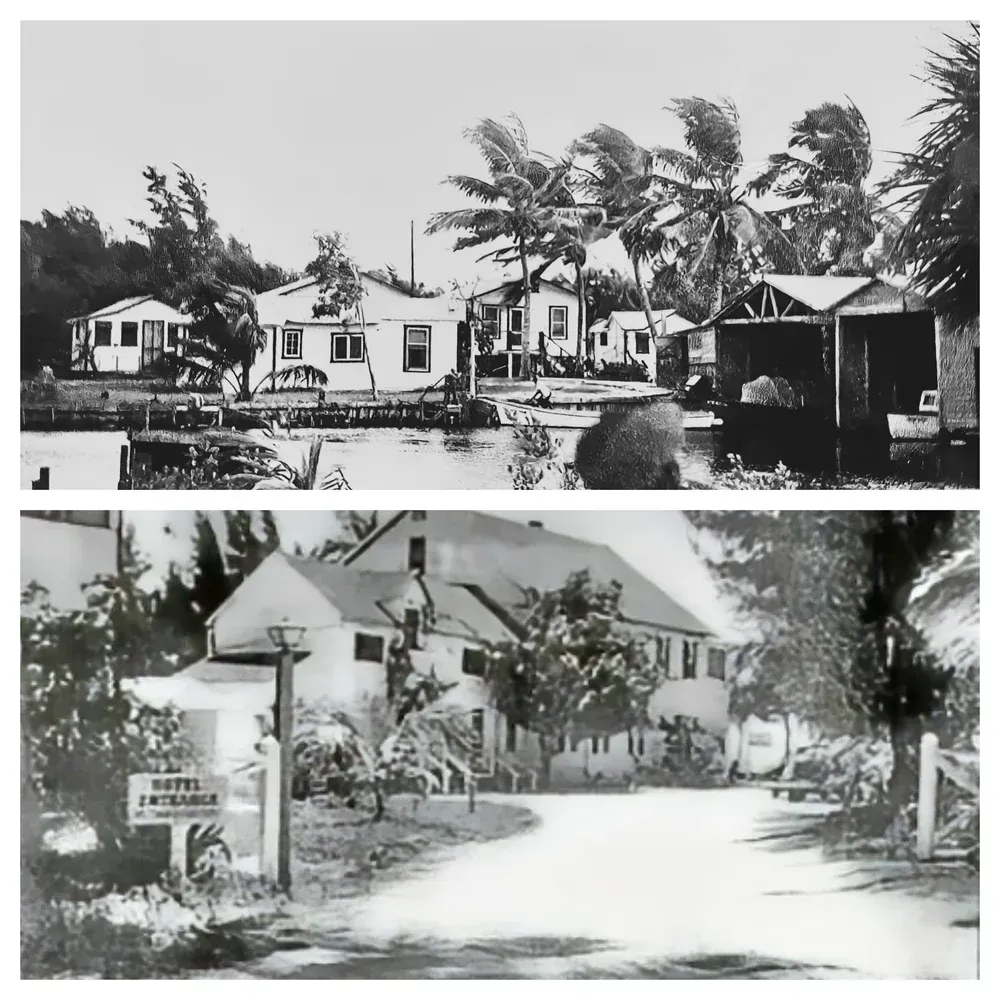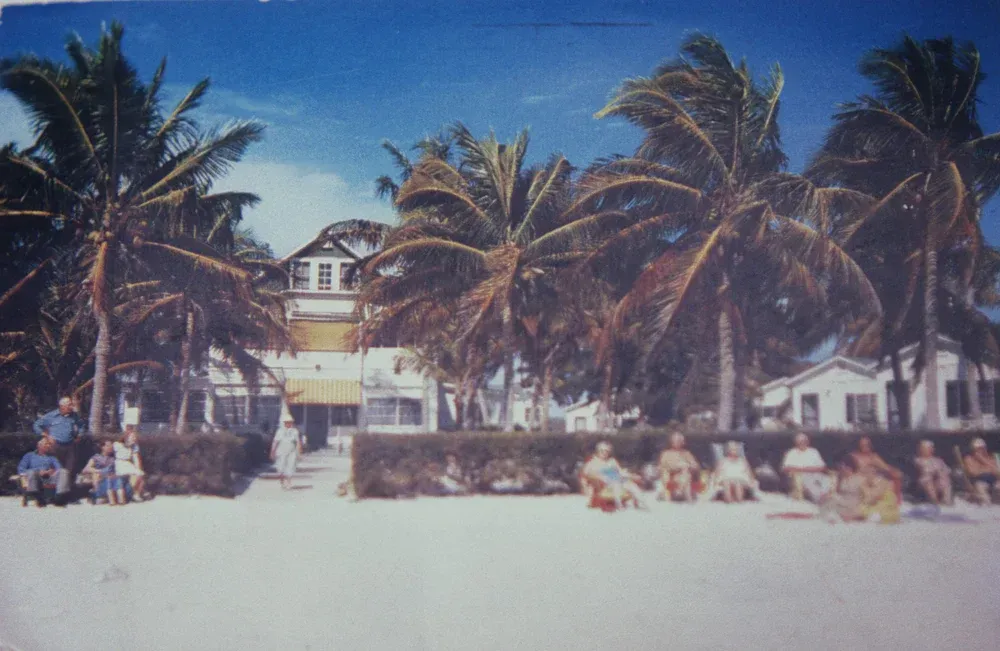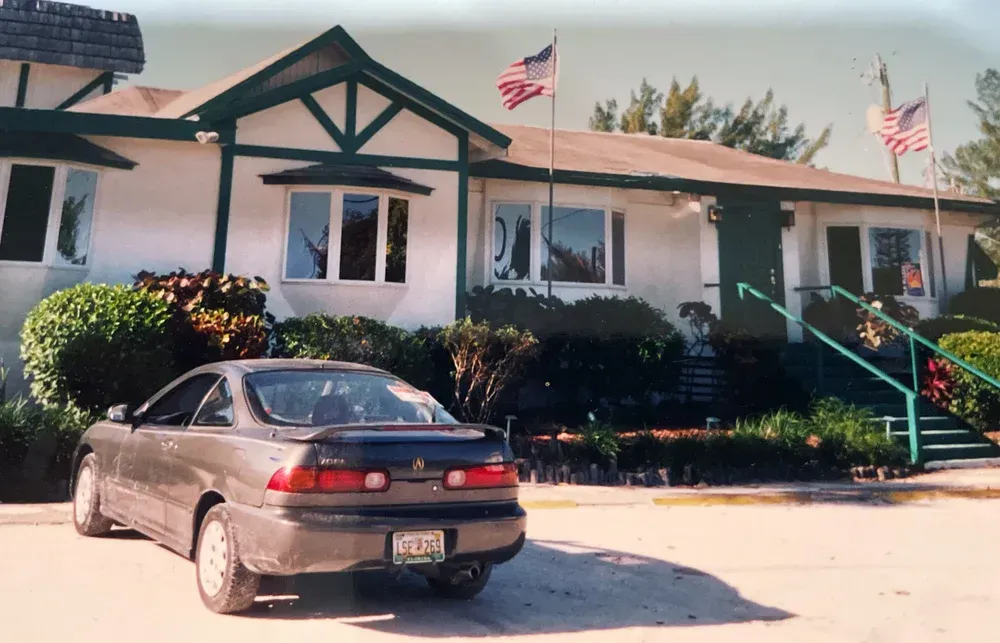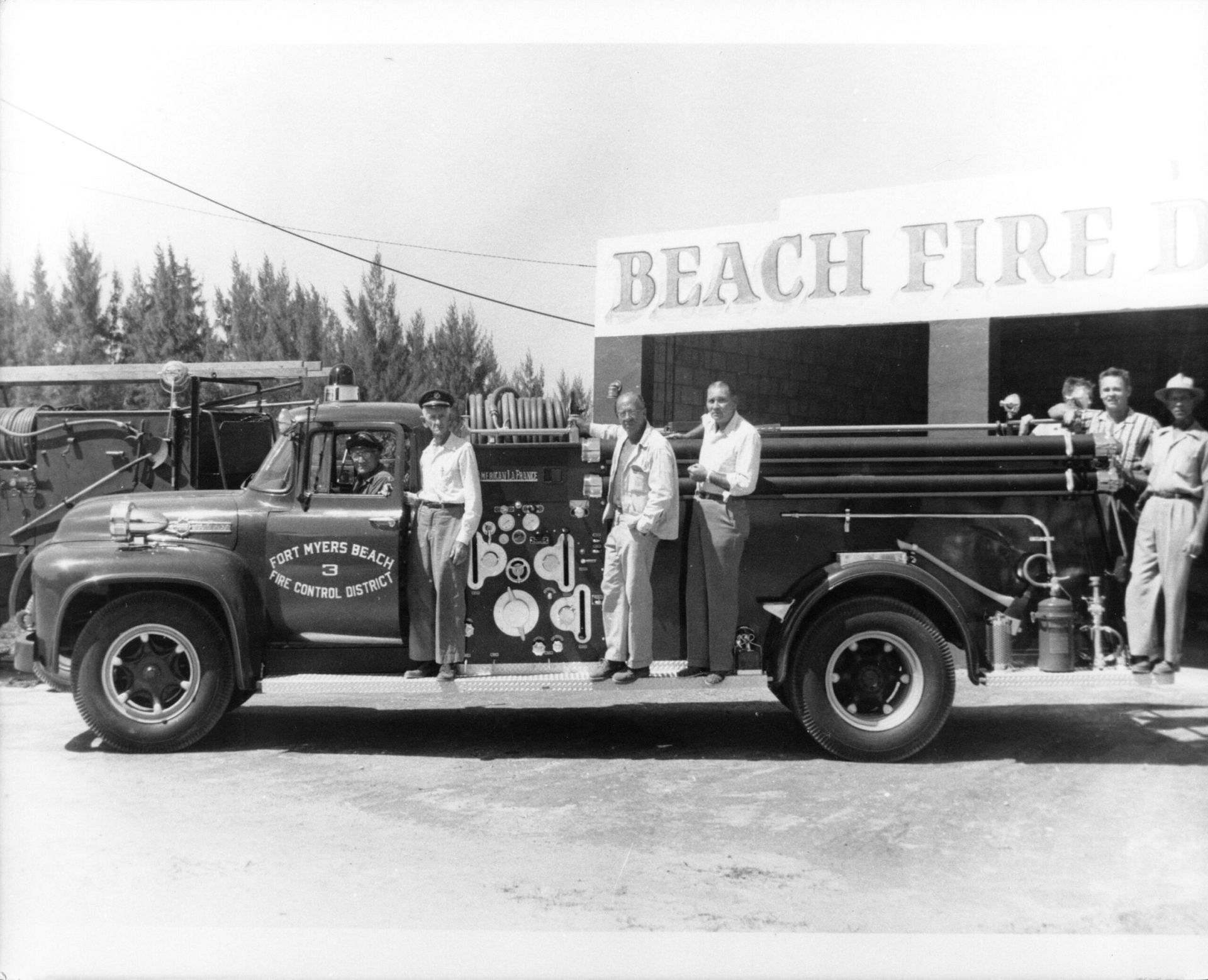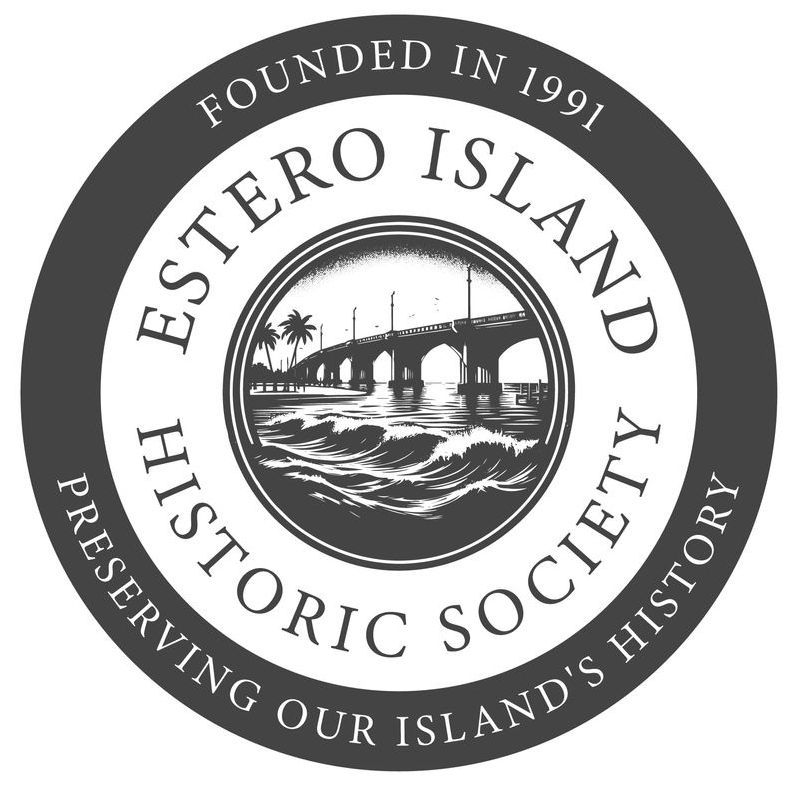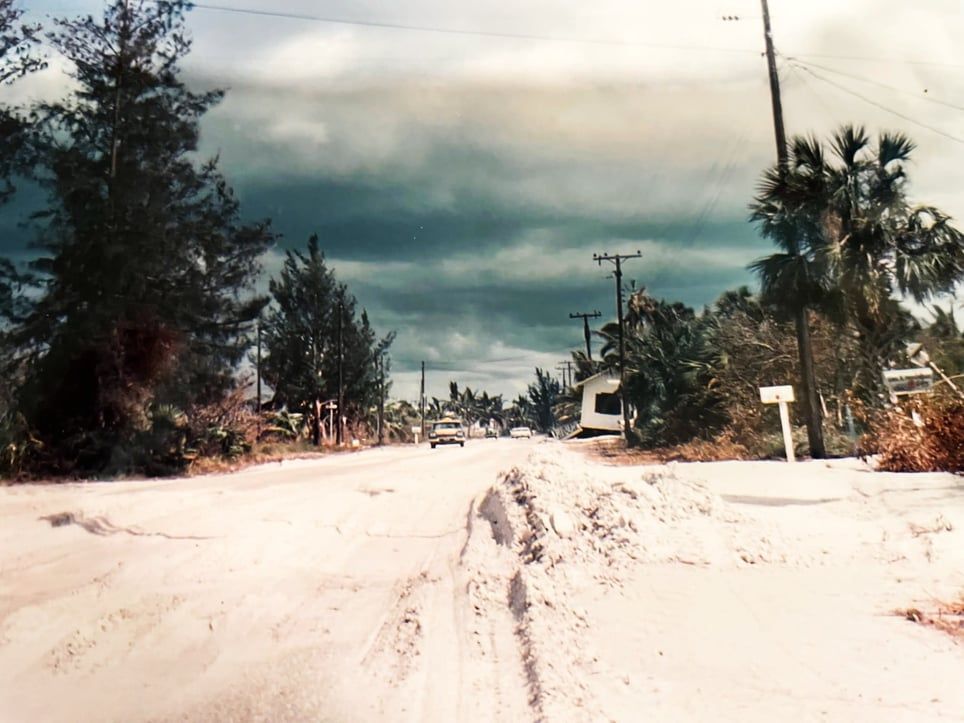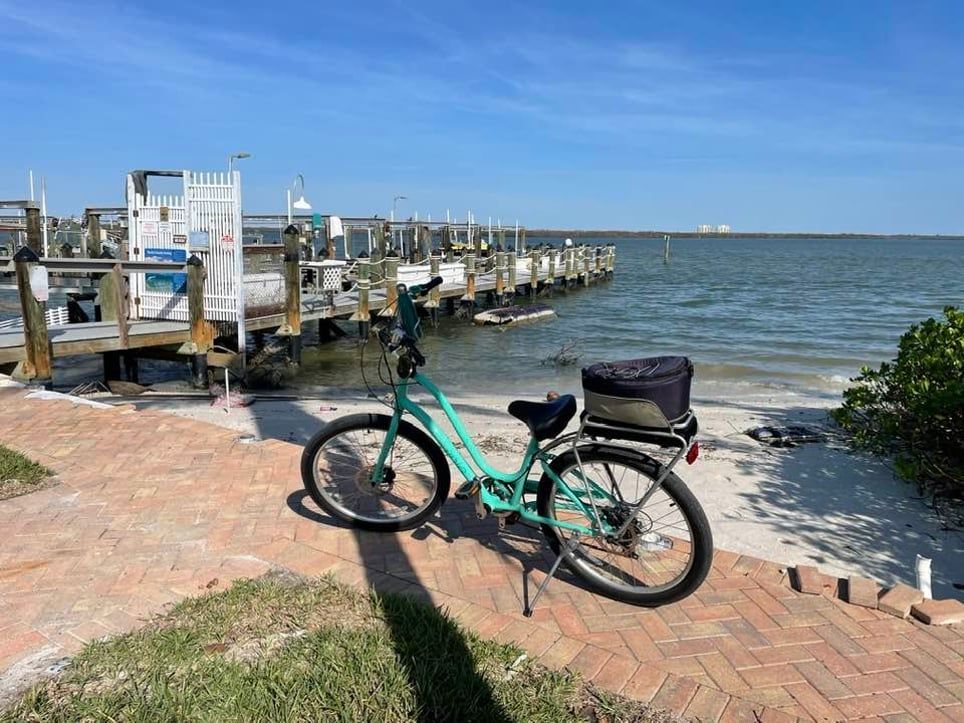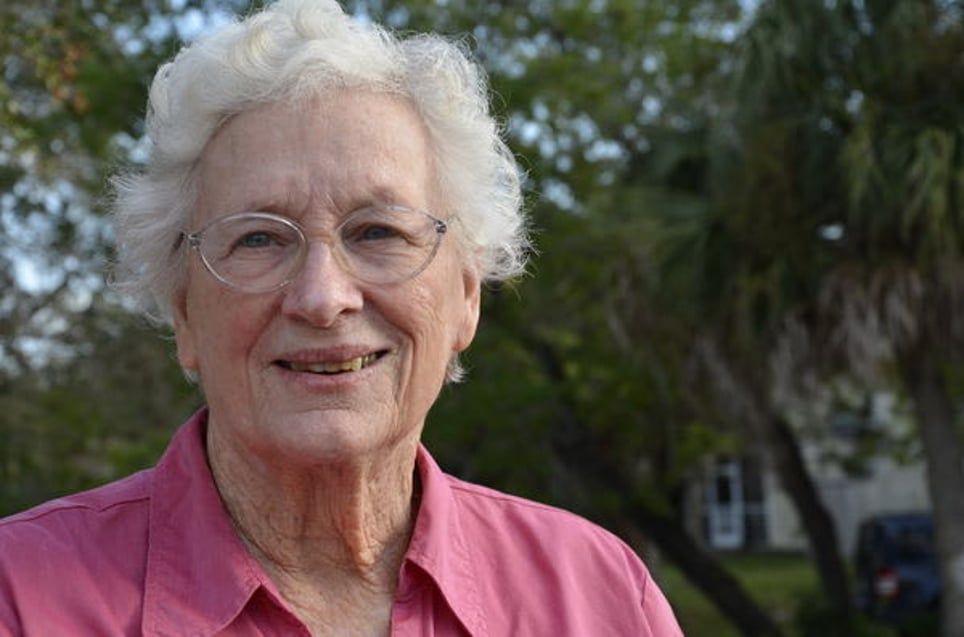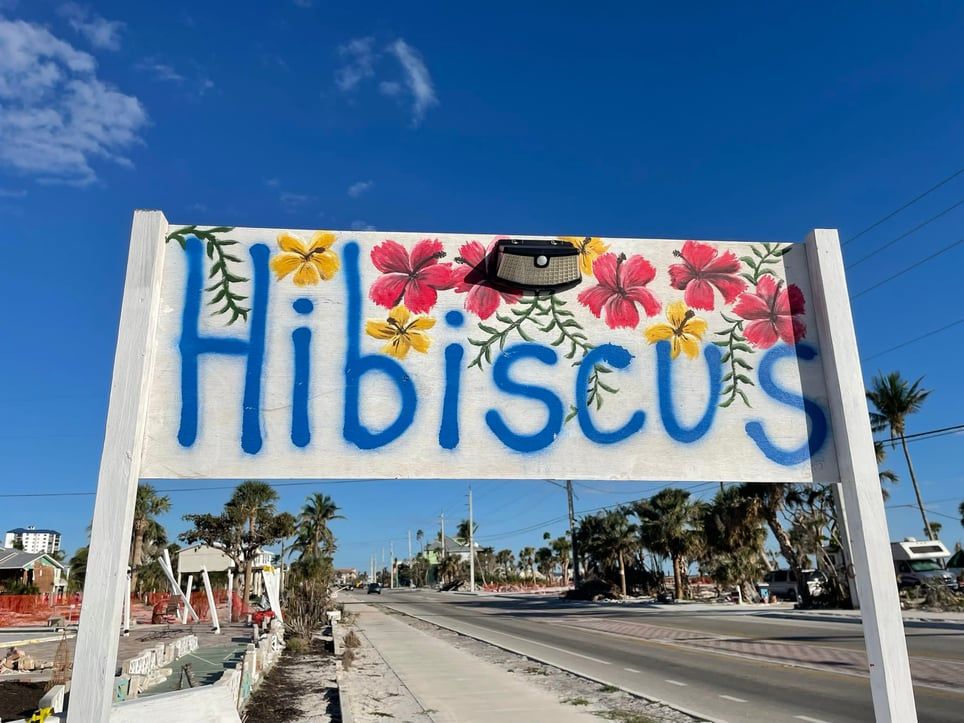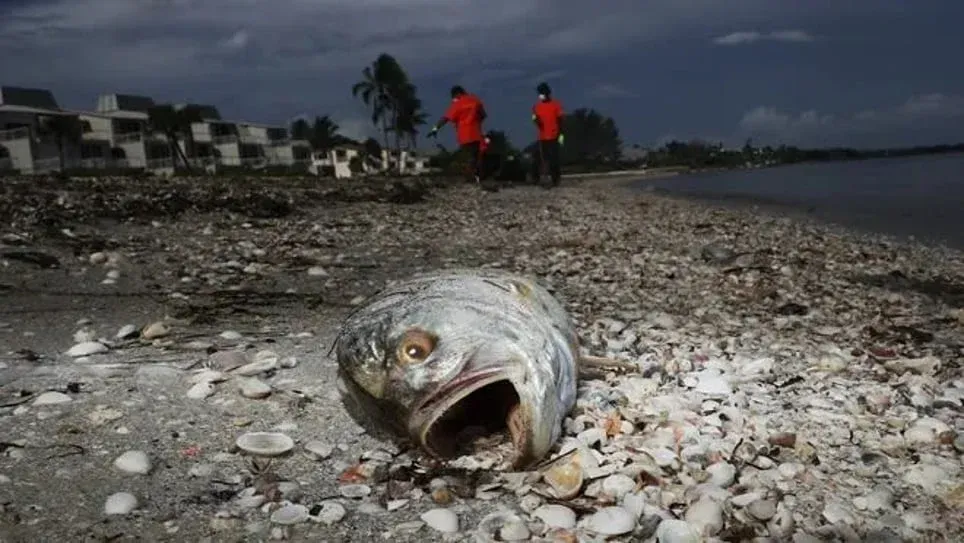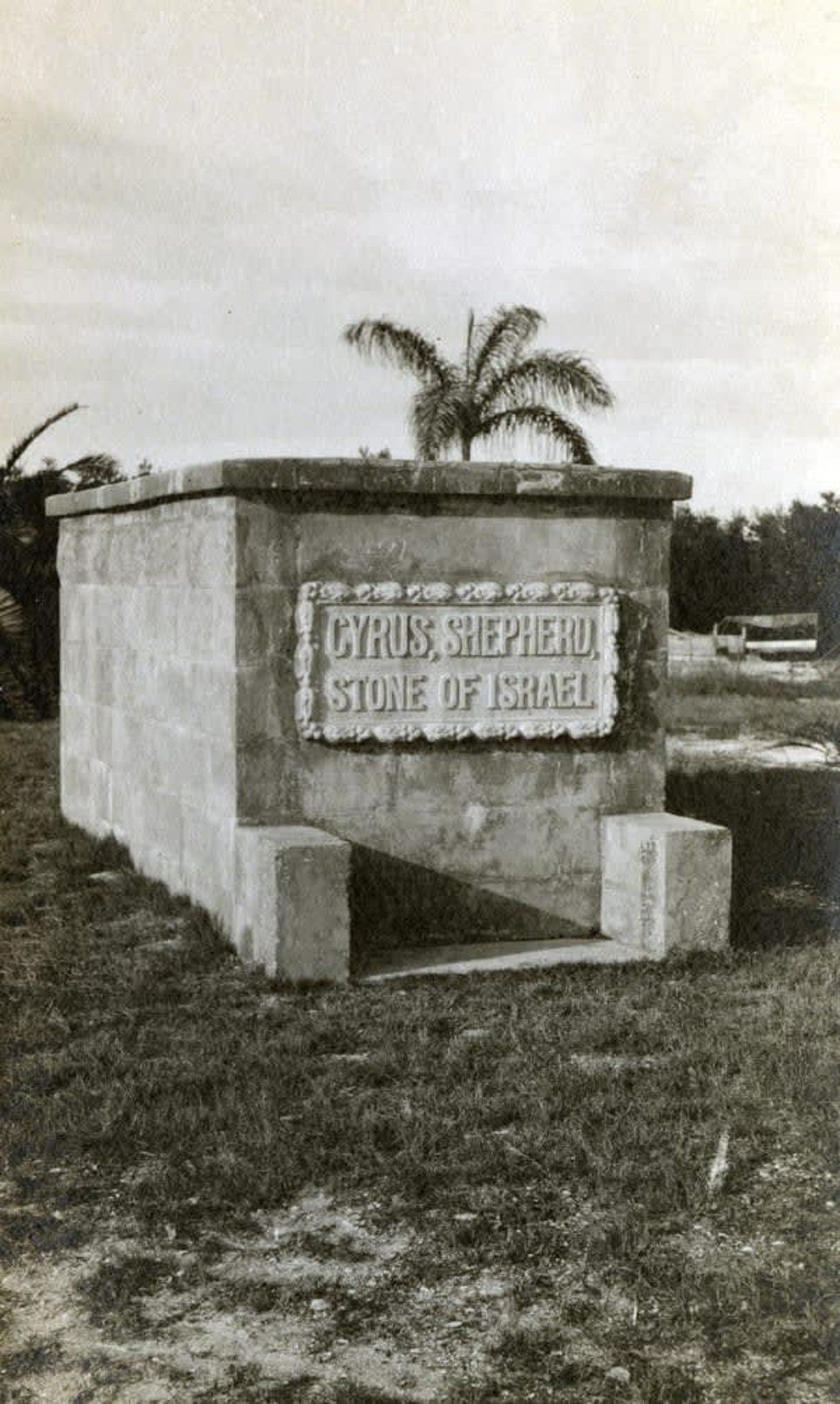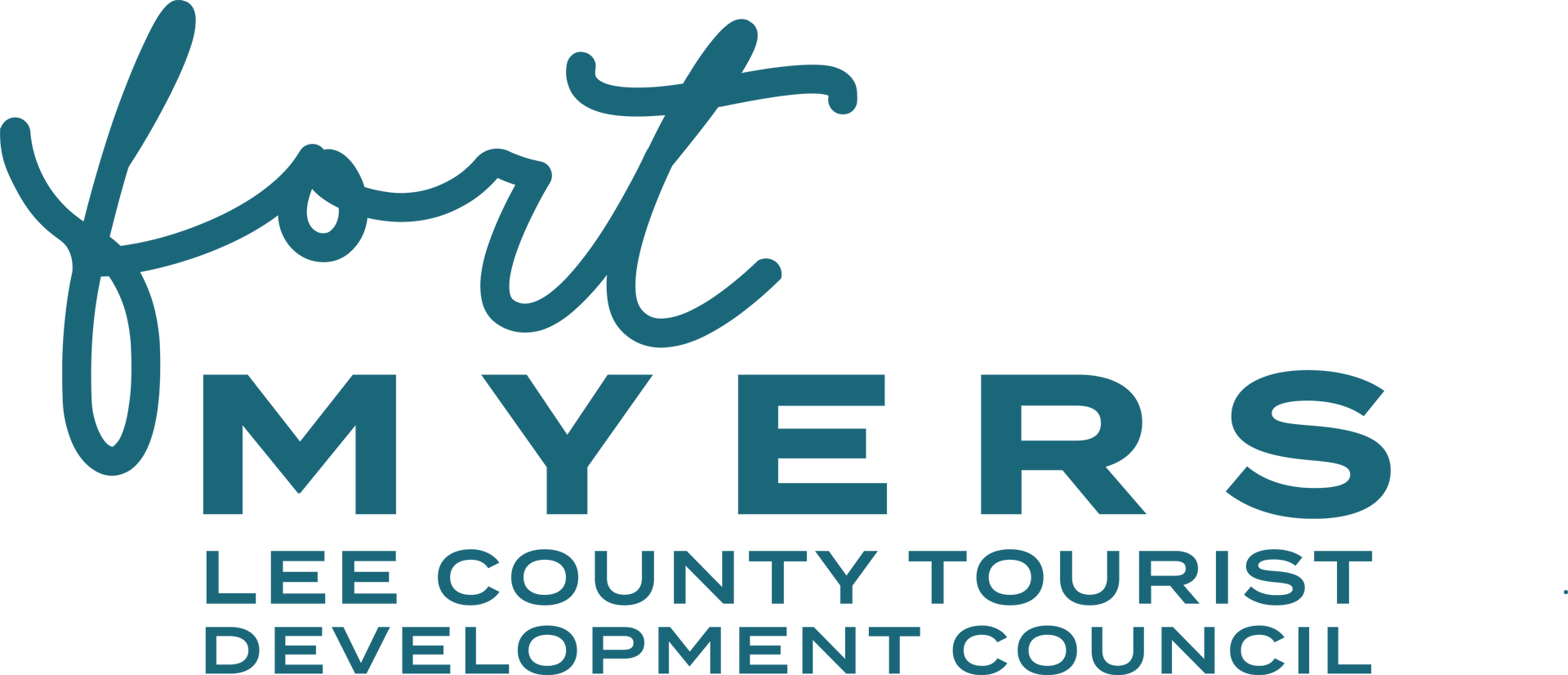Sustaining Island Ecosystems: Matanzas Pass Preserve's Vital Role
Sustaining Island Ecosystems: Matanzas Pass Preserve's Vital Role
Nestled on serene Estero Island, this hidden gem plays a crucial role in preserving the rich biodiversity and natural harmony that define this unique coastal habitat. In this blog post, we delve into the significance of Matanzas Pass Preserve in sustaining island ecosystems and fostering a harmonious coexistence between nature and humanity.
A Natural Haven Amidst Urban Splendor
Amidst the hustle and bustle of Estero Island's urban landscape, Matanzas Pass Preserve stands as a soothing sanctuary – a verdant haven that offers respite from the concrete jungles and clamor of city life. Within its sprawling 60 acres, this preserve remains an oasis of natural wonder, providing a stark contrast to the bustling streets nearby. Here, where lush mangrove forests intertwine with vibrant salt marshes and meandering waterways, a captivating tapestry of biodiversity unfurls.
The preserve's significance in preserving this dynamic ecosystem cannot be emphasized enough. As towering skyscrapers cast shadows and the rhythm of daily life quickens, Matanzas Pass Preserve stands as a poignant reminder of the fragile balance that sustains the island's natural beauty. It is a vital thread in the fabric of Estero Island, weaving together the island's past, present, and future in a harmonious symphony of nature.
Nurturing Biodiversity and Wildlife
Within the protective embrace of Matanzas Pass Preserve, a mesmerizing web of life thrives in all its intricate glory. The preserve serves as a nurturing ground for an array of species, each playing a unique role in the tapestry of the island's ecosystems. From the elegant grace of native birds like herons and egrets to the enigmatic charm of elusive river otters, this sanctuary offers a safe haven for creatures great and small.
Among its many wonders, the mangroves that line the preserve's waterways hold a special significance. These remarkable plants serve as vital nurseries for marine life, cradling the early stages of fish growth. Their roots offer shelter to juvenile fish, while the intricate network of branches provides sustenance and protection. Amidst the mangrove embrace, juvenile fish find refuge, fostering the delicate balance that sustains the ocean's vibrant biodiversity.
A Glimpse into History and Culture
Matanzas Pass Preserve is not only a repository of ecological significance but also a bridge to the island's rich history and cultural heritage. Within its boundaries lies the historic Fort Myers Beach Mound, a silent sentinel that bears witness to the ancient Calusa Native Americans who once thrived on this land. Exploring the preserve offers an opportunity to connect with the island's cultural roots, fostering a deep sense of belonging and a bridge between the past and the present.
Tracing the footsteps of those who came before, visitors can glimpse into a time when the island was shaped by the traditions, stories, and daily lives of indigenous communities. The preserve becomes a canvas upon which the layers of history are painted, showcasing the intricate interplay between human heritage and the natural world. In every rustling leaf and gently lapping wave, echoes of a vibrant history resonate, inviting all who visit to become a part of an ongoing narrative.
Protecting Fragile Ecosystems
In a world where human activity poses unprecedented threats to delicate ecosystems, Matanzas Pass Preserve shines as a beacon of conservation and environmental stewardship. The preserve's role becomes even more crucial as habitats like mangroves and salt marshes face growing vulnerability to disruption. Rising sea levels, pollution, and habitat loss are just a few of the challenges that these ecosystems endure.
By safeguarding these habitats, Matanzas Pass Preserve not only ensures the continued existence of these natural wonders but also bolsters the island's resilience in the face of environmental adversity. The preserve becomes a stronghold against the tide of change, advocating for the intrinsic value of nature and fostering an appreciation for the interconnectedness of all life forms.
Environmental Education and Outreach
Matanzas Pass Preserve transcends its role as a mere sanctuary; it transforms into a dynamic hub for environmental education and outreach. Through immersive guided tours, interactive exhibits, and engaging community programs, the preserve becomes a classroom where visitors of all ages can deepen their understanding of the delicate dance that sustains island ecosystems.
With every step taken along the preserve's trails, a journey of discovery unfolds. Educational programs provide insights into the delicate balance of nature, unveiling the intricate relationships that bind flora, fauna, and the environment. Visitors become participants in a collective effort to protect these precious habitats, evolving from casual observers to active stewards of the environment.
A Place of Tranquility and Reflection
Beyond its ecological and educational significance, Matanzas Pass Preserve extends an invitation to experience nature's healing embrace on a personal level. As you wander through the serene trails, a sense of calm envelops you, soothing the senses and quieting the mind. The rustling of leaves, the gentle sway of grasses, and the mesmerizing ebb and flow of tides create a symphony that resonates with the rhythm of life itself.
In a world characterized by constant motion, Matanzas Pass Preserve becomes a place of solace and reflection. It offers an opportunity to disconnect from the digital realm and reconnect with the primal beauty of the natural world. The preserve's tranquil ambience invites you to pause, to breathe, and to rediscover the profound sense of peace that comes from immersing yourself in the embrace of untouched nature.
Your Role in Conservation
As you step into Matanzas Pass Preserve, you become an integral piece of the puzzle in the grand scheme of conservation. Each footfall carries with it the potential to preserve the delicate balance that sustains this haven of biodiversity. By adhering to Leave No Trace principles, respecting the preserve's rules, and treading lightly on the earth, you contribute to its ongoing vitality.
However, your impact doesn't stop there. Through active involvement, you hold the power to shape the preserve's future. Whether through donations that support its maintenance and programs, volunteering your time and expertise, or spreading awareness about its importance, you play a crucial role in ensuring that Matanzas Pass Preserve continues to thrive. Your commitment reverberates through time, ensuring that future generations can revel in the wonders of this natural haven.
Ready to immerse yourself in the beauty of Matanzas Pass Preserve? Whether you're a nature enthusiast, history lover, or simply seeking an escape into the wild, the preserve welcomes you. Reach out to us at profbunting@gmail.com to discover our educational tours, city projects, and ways you can become an advocate for island preservation. Let's come together to celebrate the delicate dance of nature and history that defines our beloved Estero Island. Your engagement is a testament to our shared commitment to sustainability, and we can't wait to embark on this journey with you.

